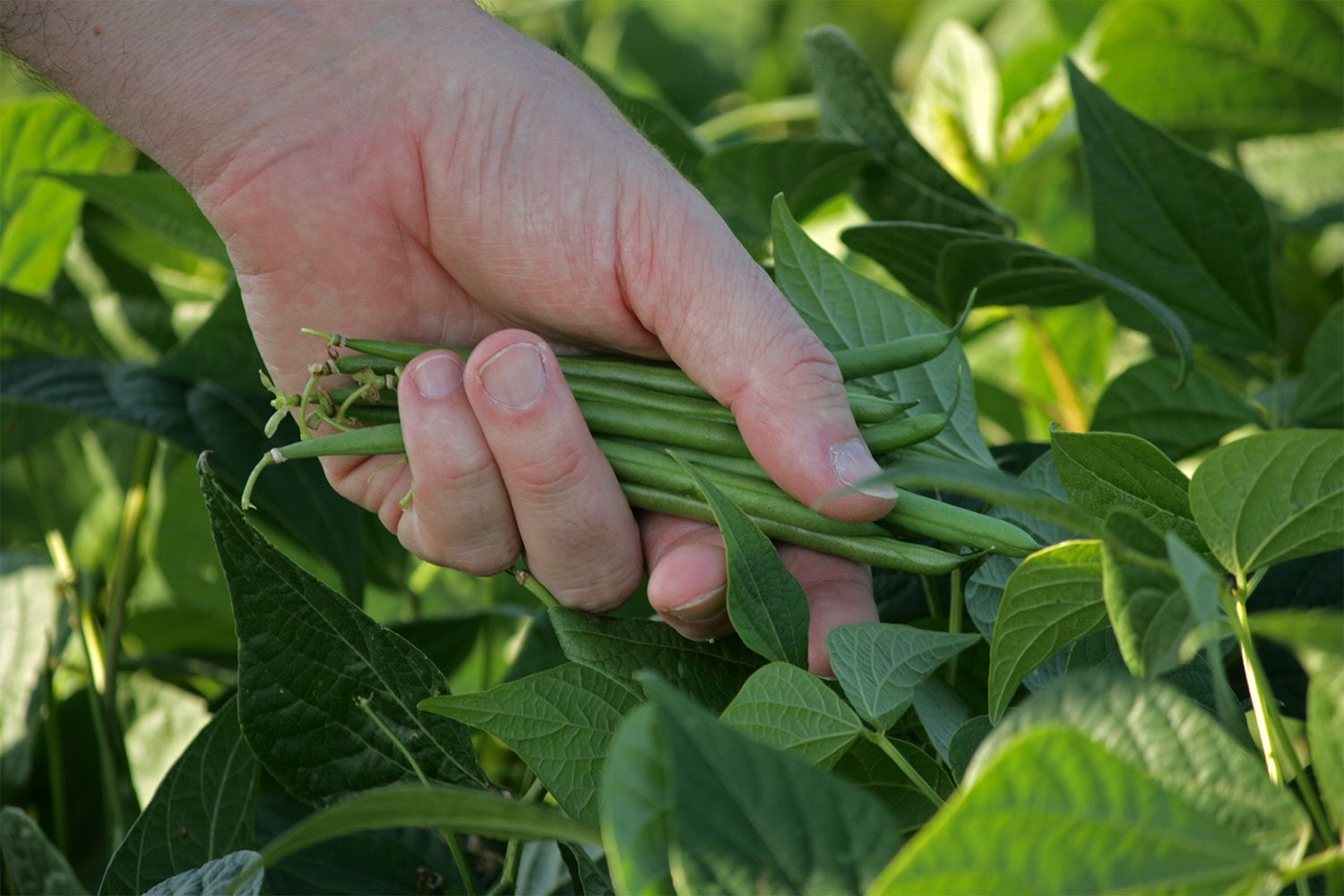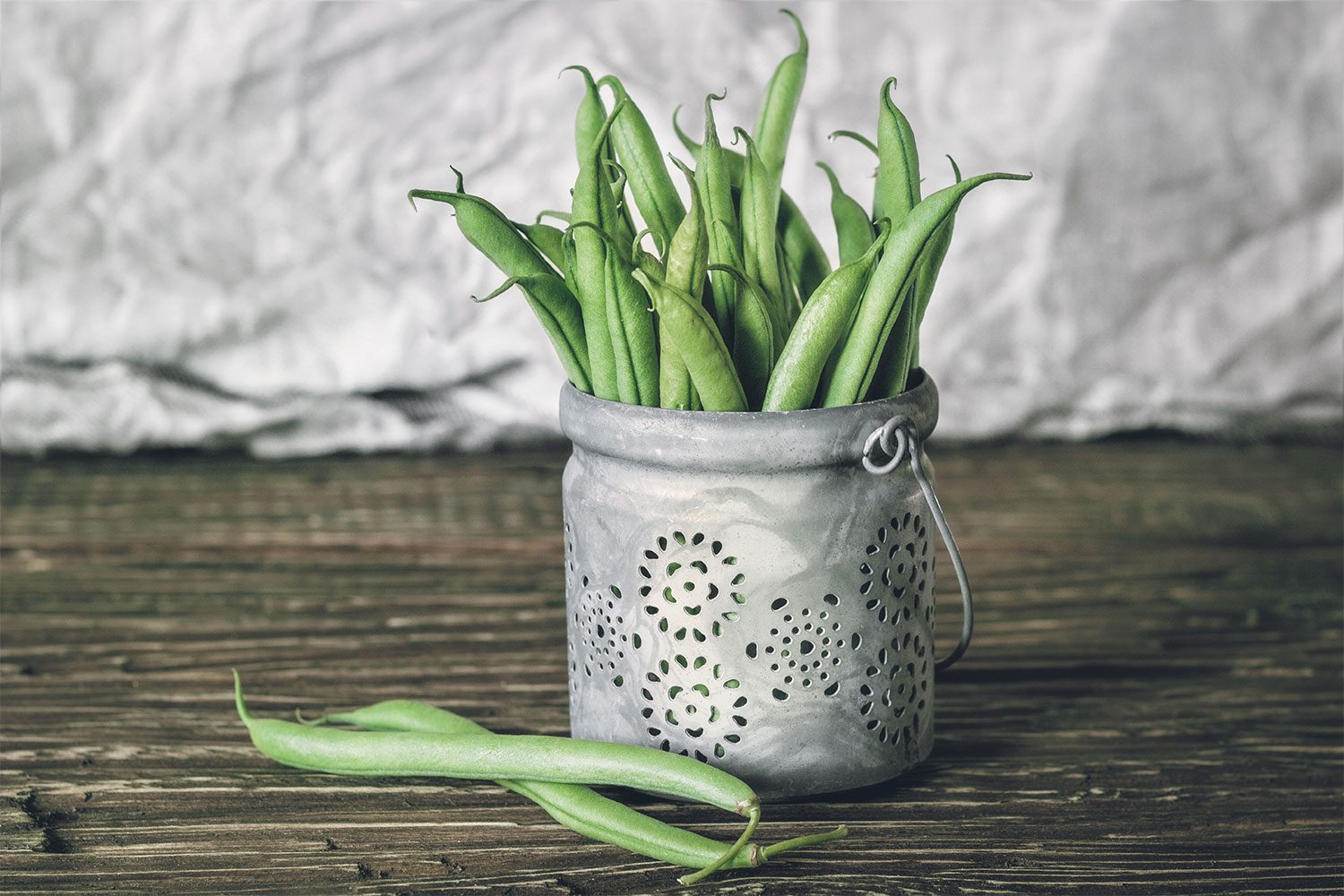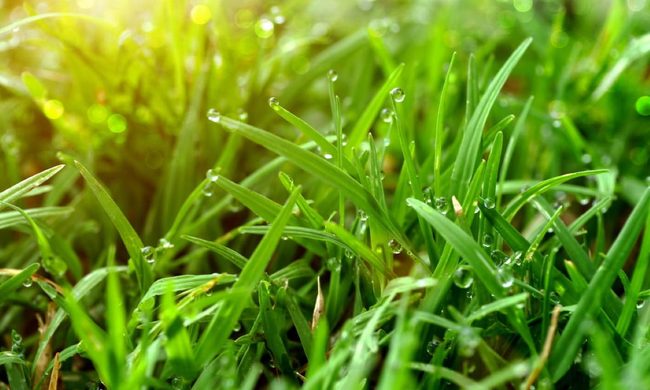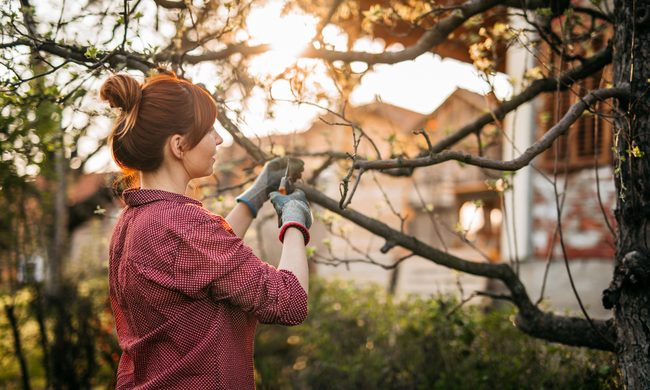Would you like the benefits of a garden but lack the yard space? Wishing wintertime wasn’t frosting over your food? Basic plant maintenance requires soil, water, and sunlight. Fortunately, those are all elements you can procure from the comfort of your home. Flowers, fruits, and vegetables can be grown without setting foot outside, if you know the right tricks of the trade. Green beans are a very good place to start since they are incredibly healthy and require simple maintenance. Grow your green thumb and take a look at these beginner-friendly suggestions for indoor gardening.
How do you grow beans indoors?
Green beans are delicious. Fresh off the vine, you can pop them open to enjoy the crisp pods inside. Cooking them over heat or tossing them into a salad are also satisfying options. To know how to grow green beans indoors, you’ll want to begin with a receptacle. For green beans, larger containers or pots are ideal. Think narrow, but deep, so that a supportive root system can flourish. Make sure your bean case has holes punched in the bottom for drainage. Position your plant near a window, where six to eight hours of sunlight can be guaranteed each day. Starting green bean plants indoors may also require a trellis if it is a pole variety.

How do you start a bean plant?
Starting the bean plant itself consists of a few steps. Most seed packets will include instructions specific to the variety within. Start by sowing the seeds, about 2.5 inches deep into your soil. Water the container well for the first week, as the early germination phase for green beans is about a week or so. The dirt should remain fairly moist. As the extra moisture drains out of the bottom, you may want to place a pan underneath to catch the overflow.
Once the green beans begin to sprout, take care when watering as keeping the leaves dry is ideal. As the sprouts grow, you should water the ground only when it becomes dry. When you’ve cultivated them to maturity, reap the benefits of your effort by snapping each pod at the stem.
What vegetables can be grown indoors?
The array of vegetables you can grow right in your own kitchen is rather impressive. Carrots, potatoes, and radishes are all root varieties that can be sprouted in a planter with rather acidic soil. Microgreens, salad greens, and green onions are lush options you can grow in containers about 1 foot deep and 2 feet wide. Herbs such as mint, parsley, cilantro, and rosemary can be grown in smaller pots or even in pretty rows.
A pleasant consequence of fresh herbs is that the smell will be enough to reward your efforts. You can dry and store herbs for seasoning. For those that enjoy a little spice in their garden, hot peppers can be grown at home with enough warmth. Peppers need sunlight or even a plant lamp to keep them healthy. A local gardening shop will keep you stocked with all the tools and containers you’ll need.

How much room do green beans need?
Pole varieties of green beans require a higher level of vertical space since a trellis is involved. Bush beans sprawl out a bit more and can benefit from a wider, more square-shaped box. As long as the depth of your pot or planter box is about a foot or so deep, you’ll be fine. Most window boxes are just the right size for a bean plant.
Indoor gardening comes at a minimal cost. As long as you have window space, good soil, water, and healthy seeds, you will be able to sprout a fantastic assortment of produce. Green beans are highly recommended for beginners, as are fragrant herbs. Even hot peppers can be cultivated indoors. The main component to consider is container size. Some plants flourish with deep root systems while others can stay quite shallow. For example, potatoes should be planted deep in acidic, fertilized soil.
The harvest you yield indoors depends on the amount of space you can spare. By growing green beans and other vegetables indoors, you will not be restricted by seasons.



